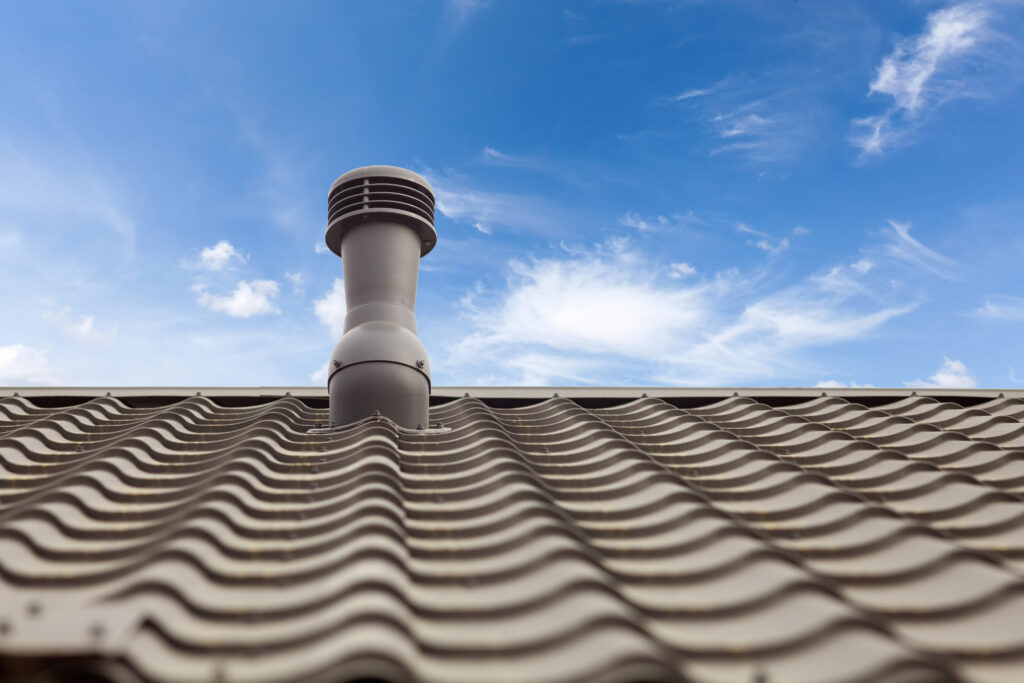
Roof vents are far more than just an afterthought, in fact, they're essential for creating and sustaining the healthy function of your home. From counteracting the effects of changing weather conditions, to preventing damp and allowing moisture to escape, proper roof ventilation needs to be installed, particularly in modern, ultra-insulated and energy-efficient homes.
What Are The Advantages Of Installing A Roof Vent?
Although unique to every home, a great roof ventilation system can offer you the following...
What Roof Vents Are Available?
At Roofgiant, we have an entire range dedicated to roof ventilation, with products including Fascia & Soffit Vents, Vent Pipes, Fans, Extraction products, Turbines and more.
Here are just some of the most frequently used roof ventilation options available to you.
This particular Universal Tile Vent from Klober has been designed to accommodate most concrete interlocking roof tiles, featuring a hooded cap with a moulded finish and made from tough, rot-resistant and flexible UPVC.
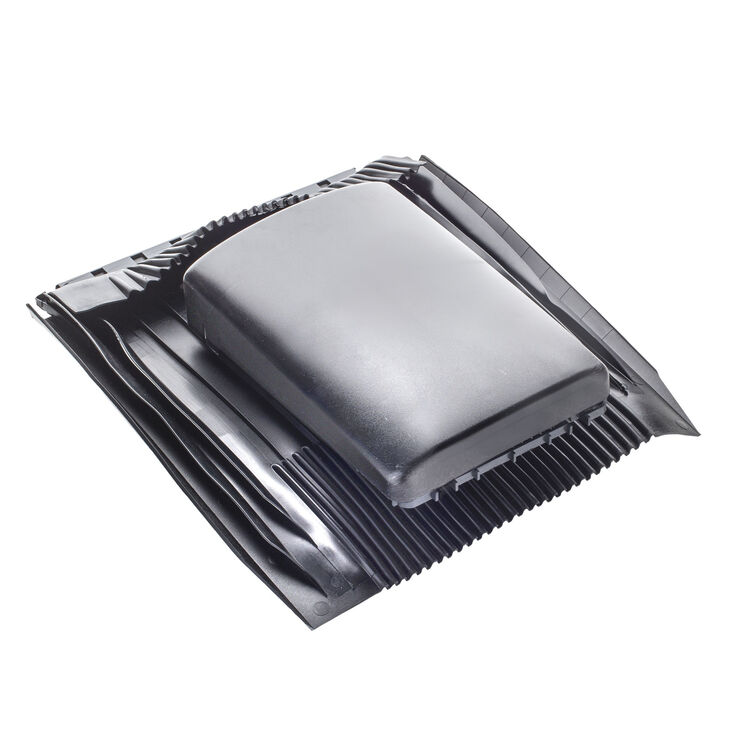
This easy to install roof tile vent terminal is designed to be used with small plain non-interlocking tiles, as an in-line pitched roof terminal for mechanical extraction, soil and vent systems, where an external pressure test isn't necessary.
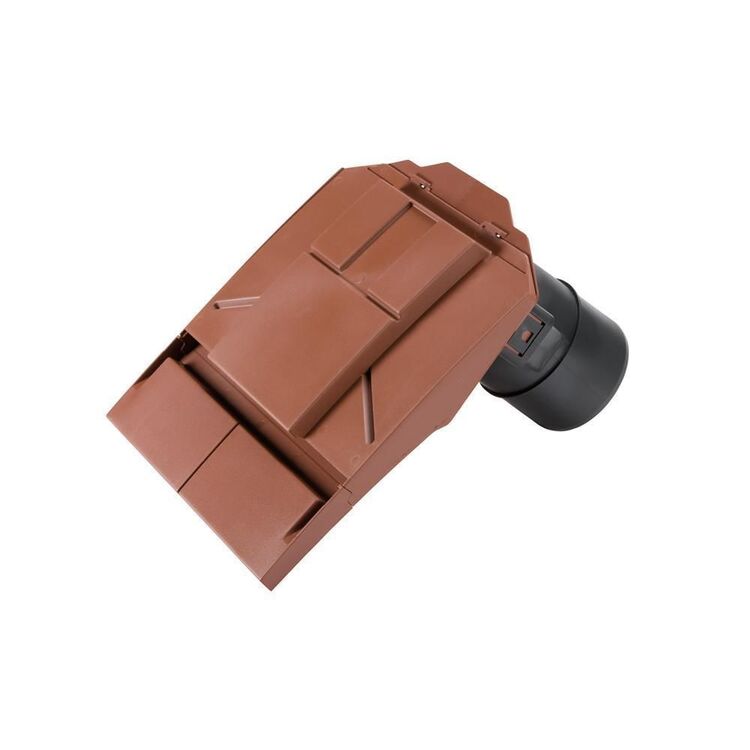
A must-have roof ventilator for any slate tile roof, this universal vent can replace one normal roof slate without being too noticeable or obstructing your roofline, thanks to the low hood design. It can either be used as supplied for standard slates or cut to size for smaller tiles.
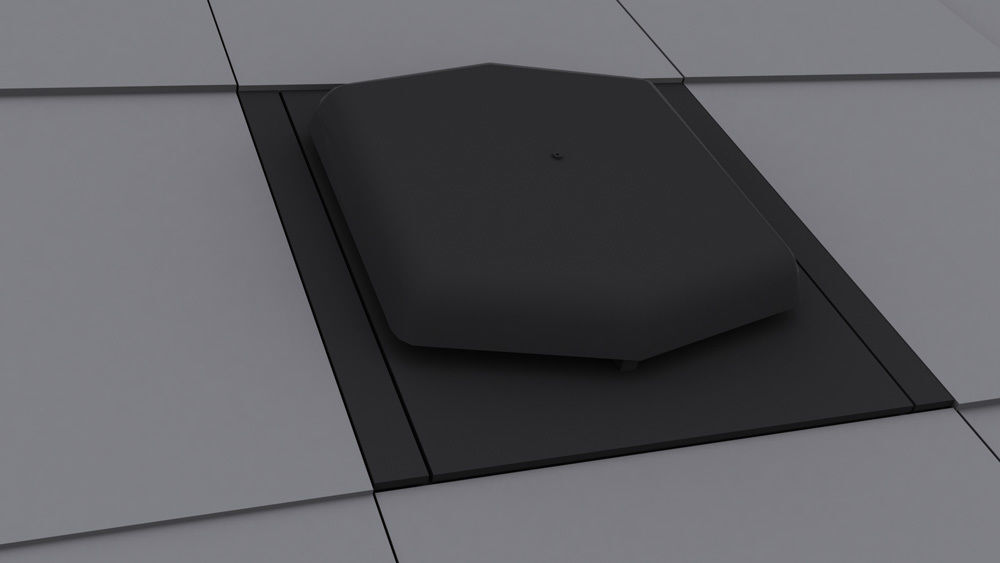
Designed to mimic the look and profile of a tile, this quality roof ventilation option is made from high-performance UPVC in a range of different colours to suit your roof and can also be used at high or low level.

An essential refurbishment product, the Manthorpe Felt Lap Vent combats condensation build-up by increasing the amount of ventilation into existing roof spaces. It is usually retrofitted into properties with additional loft insulation recently installed.
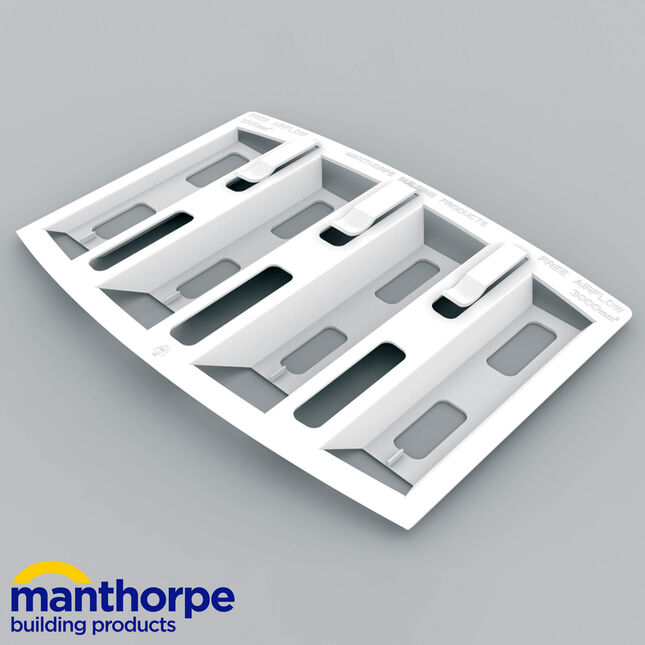
A simple one-piece, roll-out, easy to fit sheet that provides ventilation for abutment roof details, this Flash Vent from Manthorpe includes a series of nodules as part of the design, providing airflow while acting as a fly screen.
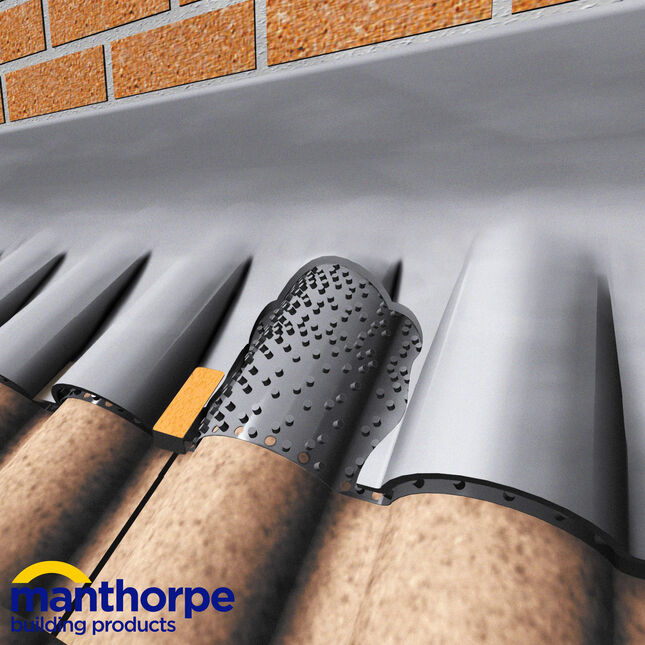
Providing ventilation when used with a traditional fascia board, this soffit vent from Manthorpe comes with evenly spaced slots to guarantee sufficient airflow. The design is also narrow enough to keep large insects out.
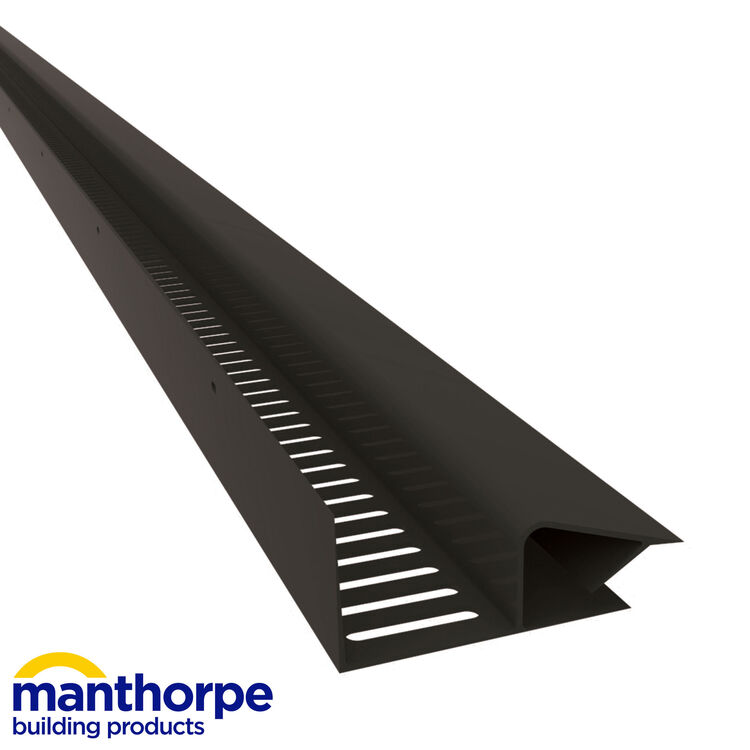
Our Universal Over Fascia Vent is designed to prevent excessive airflow resistance while creating a barrier against birds, pests and large insects. It provides a through-flow of ventilating air over the fascia board in both new build and refurbishment projects.

The Lomanco Turbine Set is made from an all-aluminium rust-free construction and is comprised of a low-maintenance, wind-powered turbine, designed to maximise ventilation capacity while also being geared towards going green. Comes with a square base that adjusts to a roof pitch of 0° - 27°
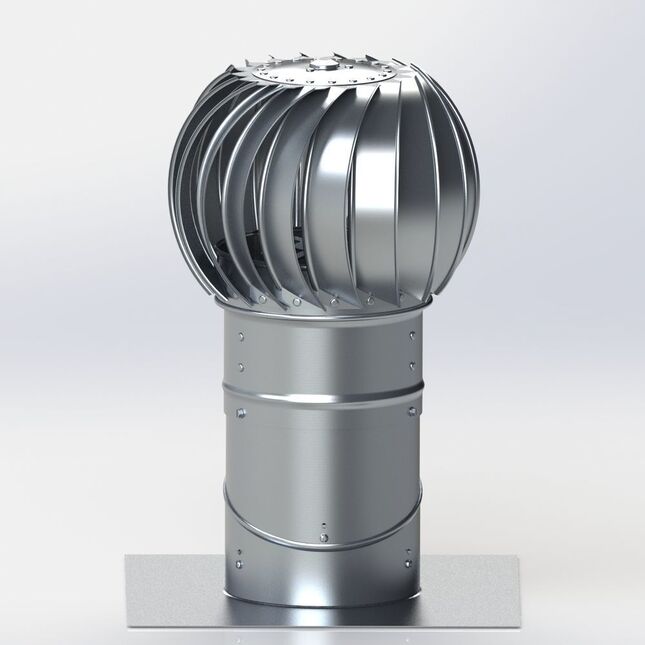
The Redland Universal Angle Ridge Vent is a smart, unobtrusive way of providing roof space ventilation at a high level and serves as a means of supplying ventilation to a soil ventilation pipe or mechanical ventilation system at ridge level.
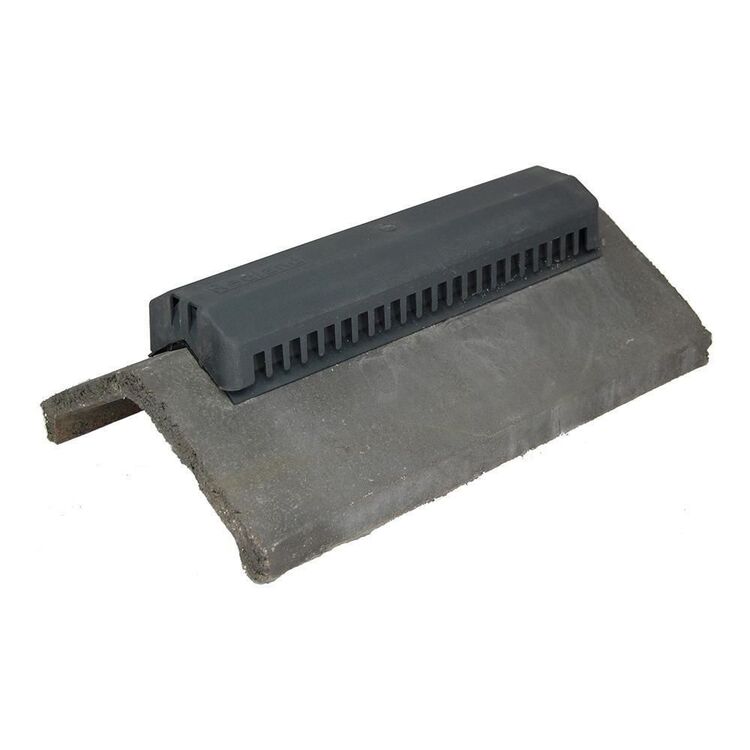
Made from a super durable and weather resistant thermoplastic rubber compound, this roof vent allows water vapour to escape from the structure, releasing vapour pressure, thus avoiding blistering of the membrane.
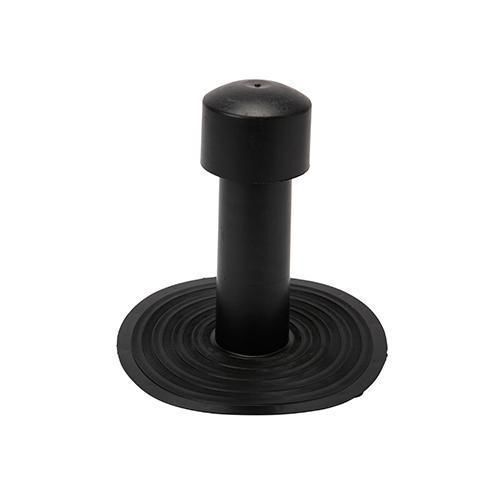
Bare in mind that different roof vent products require different installation processes so always check the product and technical information against the type of roof you own.
How Many Vents Do I Need For My Roof?
Following calculations from one of our suppliers, Building control services will often outline the airflow roof requirements - high level (ridge) or low level (eaves) - giving you the continuous airflow requirements in (mm).
To work out the number of vents needed for your roof, these airflow requirements (mm) need to be converted to the number of vents and centres for roof vents
Roof Ventilation Calculator